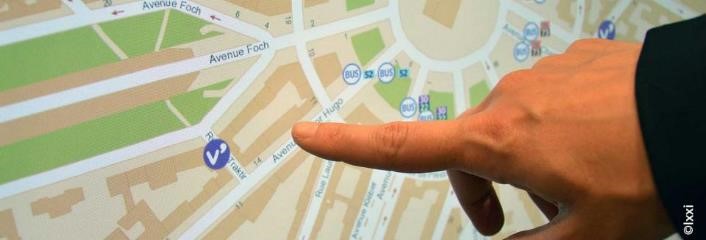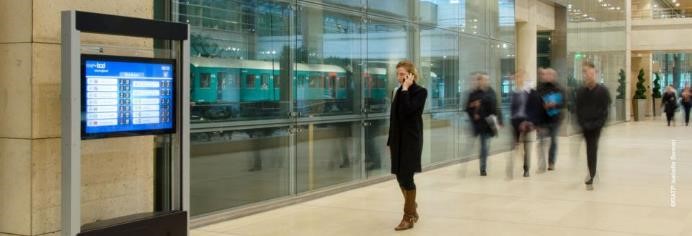This chapter aims to highlight the utility and benefits of the Système d’Information Voyageurs (traveller information system) with a view to extending the transformation of the bus fleet with improvements to the service. It should not however be forgotten that any option chosen must be made with regard to the local context, and the problems that could arise from the envisaged solution.
The expectations of the local population regarding public transport are increasingly clear and personal. They demand responsive and innovative services to facilitate each of their journeys. The challenge is therefore to respond to this strong demand with an innovative, enhanced and multimodal offer that is tailored to current lifestyles.
A Système d’Information Voyageurs (traveller information system) provides information to prepare passengers and optimise their movements, know the state of the traffic in real time and be warned in the event of an incident in order to provide alternatives. solutions.
There are various prominent solutions for the communication of this information to passengers on a bus network:
Audible and visual SIV outside the bus
- LED signs indicating the route and the destination;
- system for communicating audio announcements corresponding to the message displayed on the vanes;
- this audible announcement is triggered upon the opening of the doors when the vehicle is stationary.
Audible and visual SIV interior the bus
- LED light strip indicating the name of the upcoming stop, the name of the next stop and information/traffic messages;
- system for communicating audio announcements corresponding to the message displayed on the destination signs;
Visual SIV at stops and interchange hubs
- interactive touchscreen displays with a map of the district indicating the transport and other useful daily services. Travellers now have access to transport information or services (routes nearby, real time ETA of the next bus) as well as neighbourhood information (maps, restaurants, hotels or nearby tourist sites, with directions for pedestrians). However, a technical validation of the suitability of this tool according to the project environment (humidity, dust, etc.) must be carried out on a case-by-case basis.
- An online information system that gives travellers the waiting times for upcoming buses and shows information messages in the event of traffic disruptions. These information terminals are installed at the bus stops.

SIV via multimedia
• Communicating multimodal information using a dedicated web interface on screens in companies or in public places.
• Creating tailor-made mobile apps, which can contain embedded static information or dynamic information when connected to the network.

